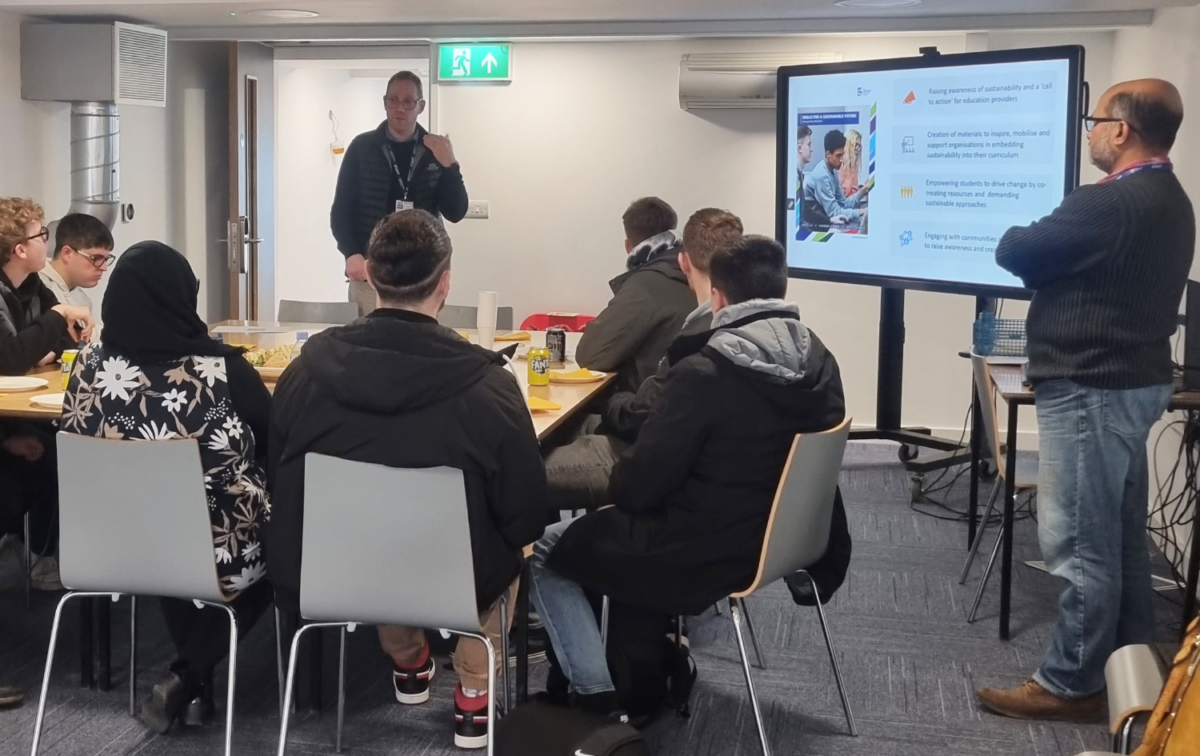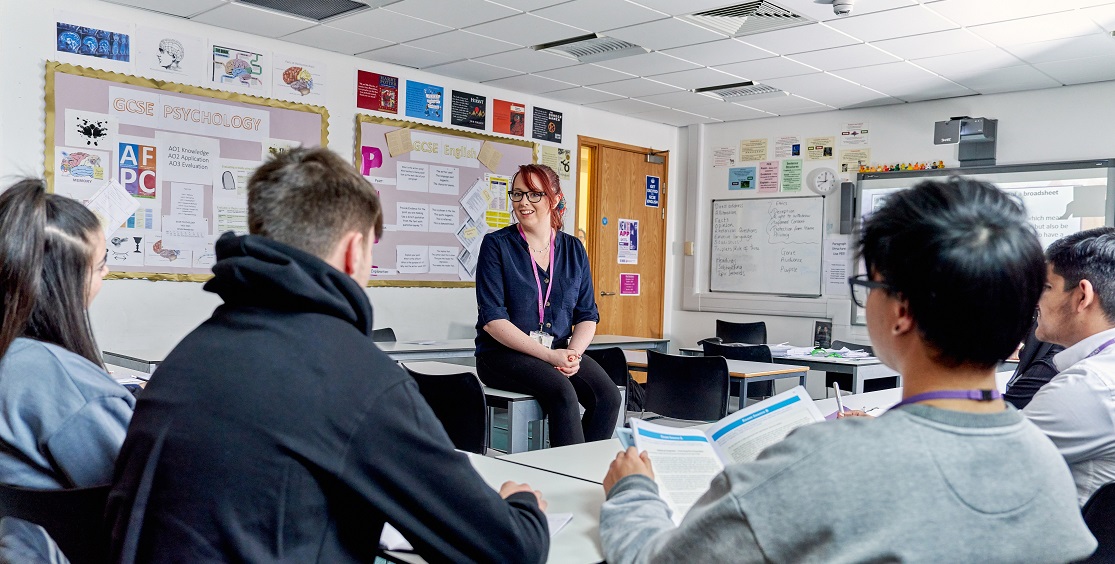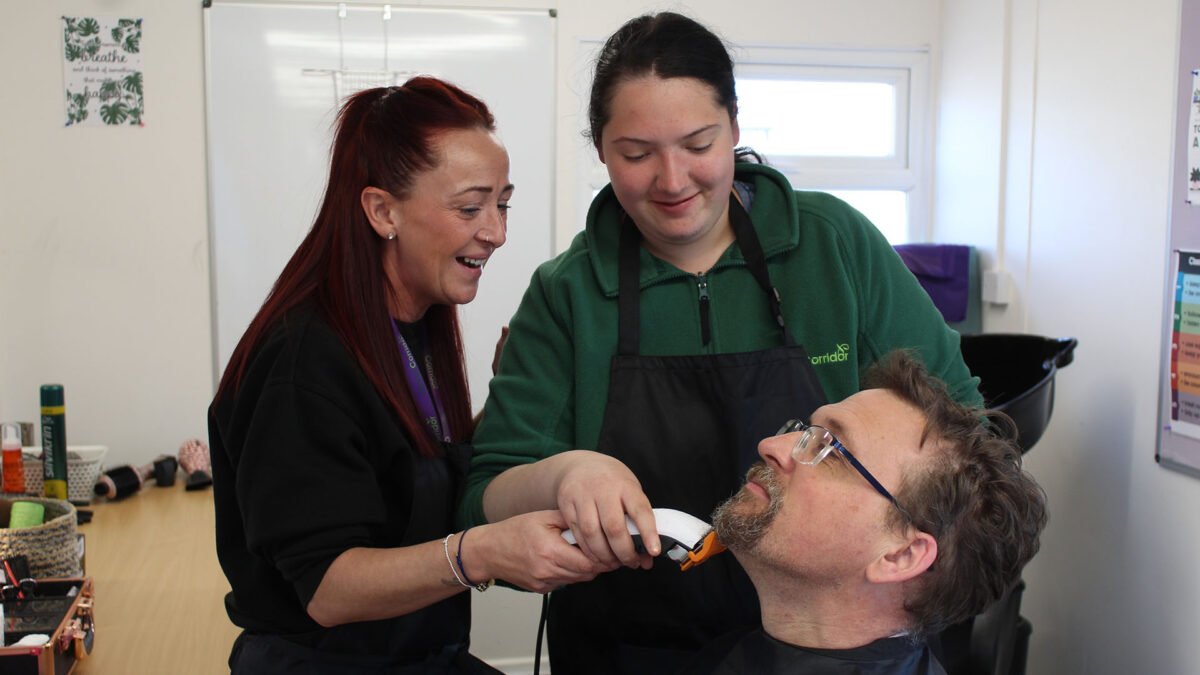What will the further education teaching mission be in the future?

In this article, Ben, Simon and Rayhaan discuss the future of teaching in further education and the opportunities and challenges that digital and online learning bring. They explain the need to balance improved in-person learning with online options and outline strategies for success in a world increasingly driven by lifelong learning.
While the pandemic forced an overnight change in the delivery of university and further education (FE) teaching, in many ways it simply turbocharged an existing shift toward digital learning, which caused many students and institutions to question how and where learning should take place.
This rebalancing is still playing out, driving innovation in course delivery against a backdrop of a greater focus on improving the quality of in-person learning, lifelong learning, and non-traditional teaching options. Looking forward, this article focuses on the trends driving the sector and outlines potential options for the future of FE and HE institutions.
The rise of digital learning
The rise of digital learning, breakthroughs in artificial intelligence (AI), and the growth of commoditised online courses from nontraditional providers increase pressure on educational institutions. They must deliver quality differentiated teaching to a wider range of students who are looking to invest in lifelong learning and build skills over a longer (or shorter) period than traditional courses. Student needs are changing, and they increasingly demand a return on the time and money they invest in tuition.
This means that individual institutions need to make strategic decisions around their future. They need to embrace changes in both how they are structured and how they operate and teach, based on understanding these seven factors:
1. Quality contact time vs. Commoditised learning environments
Since the pandemic required institutions to go digital for lectures, seminars, and other learning experiences, there has been a reluctance from academics and students to fully return to in-person instruction.
While delivering courses digitally enables institutions to scale up the number of students they can teach (thereby increasing revenue), it also brings challenges. It increases competition from around the globe and can impact teaching quality when it minimises in-person contact time. To avoid this, many institutions are looking at “flipped” classrooms: lecture content delivered online but with greater efforts placed on highly interactive tutorials delivered to small groups.
2. AI’s impact on student experience & learning
Educators clearly cannot ignore the AI-sized elephant in the room. Students have more capability at their fingertips than ever before, not just around access to information, but through access to generative AI technologies such as ChatGPT and the underlying technology of large language models (LLMs). This will continue to develop at a pace that will inevitably feel unpredictable and difficult for institutions to manage.
The initial response has now evolved into more nuanced approaches to AI in a number of the leading universities. However, this changing, AI-driven world requires institutions to build critical thinking skills in all students and teach them ethical ways of working that set sensible boundaries for utilising AI in the classroom. Working with AI tools will be an expected skill set of graduates, much like data analysis in spreadsheet software or research skills beyond Googling. Learning to challenge easy answers and AI-generated arguments is what will set the best students apart in the future.
The new reality of LLMs increases the need for universities to provide personalised and experiential learning, with the student at the centre of the learning environment, developing skills and knowledge in ways that (currently, at least) can’t be outsourced to AI. An experiential learning environment leaves little room to hide for a student who is overly reliant on hands-off tools to research and make decisions.
3. Borderless delivery & distance learning
Digital transformation brings significant opportunities for successful teaching institutions. Students from around the globe can effectively participate in learning activities while removing physical space constraints on teaching. In the US, distance learning enrolment was 186% higher in 2020 than 2019 (due of course to the pandemic), but it has not significantly dropped since.
While distance learning is not new, the continued growth of web collaboration tools further erodes the perceived barriers to educational delivery from afar, making competition truly global. How institutions manage this shift and balance the physical and digital sides of their teaching mission will have fundamental impacts on their student numbers and revenues.
4. Lifelong Learning
Students today are expected to change careers three to five times during their working life. This is driving a need for lifelong learning and upskilling in the professional workplace, something that employers understand is vital for their competitiveness – as evidenced by the huge rise in applications to MBAs following the pandemic (at least a 20% rise in 2021 alone). Many businesses have therefore established partnerships with online educational content providers such as LinkedIn Learning, Kubicle, and Udemy. However, these courses provide a relatively passive learning process that culminates in a quick test at the end of a video module. The student may engage with the course, but the actual learning reward is low.
In parallel, universities have gradually expanded the availability of massive open online courses (MOOCs), with educators adding more and more courses to platforms like edX and Coursera. Demonstrating growth, Coursera alone boasts over 100 million users. However, even within the academic field, the focus of course content has traditionally been around specific, job-related skills like business management and digital technology specialities such as data science.
Despite the boom in distance learning, few options are available for professional or lifelong learning that fit around work schedules in the same way as an executive MBA, which combines intense, residential courses interspersed with distance learning over a multiyear period.
All this means that institutions need to innovate by offering options for shorter courses to capture interest and tuition pounds from the growing number of lifelong learners. Failure to do so will potentially undermine access to a lucrative, long-term teaching opportunity, which other international institutions or online-first players like LinkedIn Learning could capture.
5. Experiential learning
At least to some degree, the growing rise of experiential learning contrasts with the trend of increased digitalisation. Rather than sitting in a lecture room or checking in online to passively absorb information, students are actively involved in learning and given the chance to explore and reflect on topics in a variety of situations: group discussions and projects, simulations and practicals, field exercises, and independent research, among others. Experiential learning has been shown to improve student satisfaction and understanding of key course materials, as well as increase the quality of in-person classes and improve students’ perceived value for their money.
Currently, experiential learning relies on physical teaching and interactions. While future Metaverse environments may solve issues around remote quality and immersivity this currently seems a long way off.
There are a multitude of ways to increase the use of experiential learning in the classroom, with different, potentially competing, pedagogies, such as problem-based learning, action learning, and simulation learning. Each approach focuses on a set of tools the educator can use to empower their students and help them learn more effectively. Institutions need to understand which works best for specific subjects and cohorts.
6. Personalised learning
Students want a truly personalised learning experience, rather than today’s modular approach. They want a tailored experience that recognises that every student brings their context, ways of working, and personal goals to the classroom environment. Successful personalised learning thrives on direct, individual contact between teacher and student.
In general, project work can provide more fruitful opportunities for personalisation, whether in a group or independently, which ties in with experiential learning. Within a set assessment framework, not all projects will focus on the same topic, or be completed following the same process, as long as students are given opportunities to develop and show relevant key skills. Project teams can be structured to allow each student to focus on a particular topic or skill that they wish to develop further.
Delivering personalisation at scale is a key challenge recognised by educators. If it can be delivered cost-effectively and at scale, personalised teaching, delivered in person or virtually, provides a key path for teaching institutions to meet changing student needs and differentiate themselves from their peers.
7. Corporate-Led Recruitment & Training Programs
Within certain industries, particularly the technology sector, students are increasingly looking toward nontraditional teaching options. For example, boot camp-style courses — intensive, immersive, and experiential — promise to teach the fundamentals of a skill in an incredibly compressed time frame.
This is an ideal approach for many students. Courses are short; minimising up-front investment in time and opportunity cost, widening the potential applicant pool to candidates with nontraditional backgrounds. The connection to industry is particularly appealing, as for many the aim is to retrain and upskill to earn higher wages and more stable career options.
There is a positive side here: any student with internet access has multiple options to learn vocational skills that are vital across different industries and working environments. Often, learning opportunities are tightly tied to an industry (or company) and administered through industry-sponsored courses at universities, online boot camps, and other learning environments.
However, there is a risk that such courses teach students specific ways of working and thinking that most benefit the corporation of employment, not the student.
While many academics wouldn’t consider corporate-led education the democratisation of learning, it does provide students with a greater range of options. However, it may result in students forgoing traditional FE and HE programmes and courses, which would pose a challenge to some institutions.
Strategies for Success
Adapting to these seven trends requires teaching institutions to change how they operate and the mix of courses they offer. Safeguarding their futures requires them to absorb the need to transform traditional ways of teaching, and in particular to focus on two new areas:
Exploring new business models
With the rise of borderless, lifelong learning, HE and FE institutions need to explore options for new revenue streams. This may be in the form of subscriptions to learning groups (focused on core subjects) but should include proper distance-learning education components beyond a simple, commoditised MOOC.
Subscriptions could be offered to businesses and individual learners alike, allowing students to dip in and out of education throughout the many years they will spend in the workforce. Alternatively, institutions could collaborate in small networks to offer nontraditional routes to formal qualifications: foundation degrees, diplomas, or even full bachelor’s and master’s degrees delivered by the accumulation of distance-learned credits. In a borderless learning context, there is no significant benefit to the learner or institution in enforcing a time limit of around four years to qualify.
Adapting courses to the modern workplace
Academic programmes must provide opportunities for students to develop transferable skills that will prepare them for life beyond their degree or course. In a growing number of institutions, this means building business skills or entrepreneurship studies into every course, as well as focusing on ways to increase the level of experiential and personalised learning modes used to deliver core content, aiming to create lifelong learners. Students must graduate with strong critical thinking skills, a sense of personal ownership and confidence. This is especially important in light of the growing impact of AI on day-to-day education and work life.
Navigating an uncertain future
When it comes to teaching, further and higher education institutions are at a crossroads. Traditional models are under threat from digitisation, global competition from a wider range of learning options, and changing student demands. To succeed they will need to evolve and even transform how they teach, developing new funding streams that safeguard their futures. Not every institution will survive, and many will be radically reshaped, but those that can differentiate will thrive in a growing, global market where teaching from educational institutions adds value to all of humanity.
By Ben Thuriaux-Alemán, Partner – Innovation & Growth Strategy at Arthur D. Little, Simon Guyomard-Norman Managing Consultant at Arthur D. Little, and Rayhaan Survé Deputy Chairman and Head of Technology Investments at Sekunjalo Group.
FE News on the go
Welcome to FE News on the Go, the podcast that delivers exclusive articles from the world of further education straight to your ears.
We are experimenting with Artificial Intelligence to make our exclusive articles even more accessible while also automating the process for our team of project managers.
In each episode, our thought leaders and sector influencers will delve into the most pressing issues facing the FE.











Responses